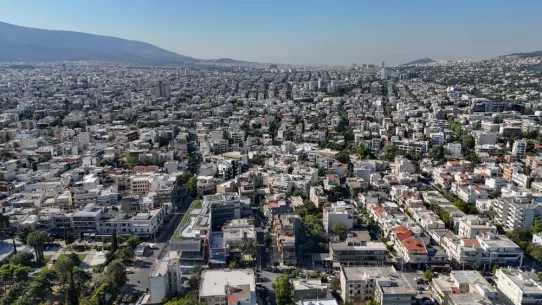
This document details the importance, objectives, and processes involved in evaluating urban aesthetics in Romania.
It begins by explaining the need for urban aesthetics, highlighting its impact on social behavior and economic potential, such as increased tourism and improved quality of life. The survey aims to establish foundational elements for urban planning aesthetics, facilitate communication on urban development, and foster collaboration among various stakeholders.
Representativeness was ensured through a weighted sample of 5,225 respondents across 140 cities, reflecting the active urban population with internet access. Data collection involved rigorous verification processes to maintain reliability. The survey's limitations include potential biases due to the internet-based collection method, excluding less tech-savvy and elderly populations. The questionnaire combined perceptual, architectural, urbanistic, and socio-demographic items to gauge aesthetic preferences comprehensively. Data processing involved frequency, contingency, and factor analyses to uncover trends and correlations in urban aesthetic preferences, ultimately aiming to inform and enhance urban development strategies in Romania.
Similar content



